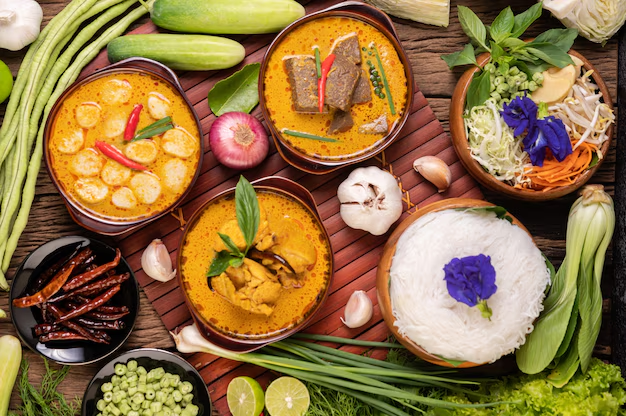iqsafe.info – Sheamus, born Stephen Farrelly on January 28, 1978, in Dublin, Ireland, has become a household name in the world of professional wrestling. His journey from a promising rugby player to a WWE superstar is a testament to his resilience, talent, and determination. Sheamus’s career in the WWE has been marked by numerous championships, memorable feuds, and a charismatic presence that has endeared him to fans worldwide.
Early Life and Rugby Career
Before stepping into the squared circle, Sheamus played professional rugby for the Ballymore rugby club. His athletic prowess and physicality on the rugby field were evident, but an unfortunate shoulder injury cut his rugby career short. This setback, however, proved to be a turning point in his life, leading him to pursue a career in professional wrestling.
Transition to Wrestling
Sheamus’s transition to wrestling was not immediate. After his rugby career ended, he worked various jobs, including as a bouncer and a personal trainer. It was during this time that he discovered his passion for wrestling and began training under the tutelage of renowned Irish wrestler, Fergal Devitt, better known as Finn Balor in the WWE.
WWE Debut and Early Success
Sheamus made his WWE debut in 2009 and quickly rose through the ranks. His breakout moment came when he won the WWE Championship in just 18 seconds at the Survivor Series in 2009, becoming the fastest WWE Champion in history. This victory was the first of many accolades in his illustrious career.
Championship Reigns and Memorable Feuds
Throughout his career, Sheamus has held several titles, including the WWE Championship, the United States Championship, and the World Heavyweight Championship. His championship reigns have been marked by intense rivalries with some of the biggest names in wrestling, including John Cena, Randy Orton, and Roman Reigns.
One of Sheamus’s most memorable feuds was with Triple H, which culminated in a series of brutal matches, showcasing Sheamus’s toughness and resilience. His ability to engage in high-stakes matches and consistently deliver has solidified his status as a top-tier WWE superstar.
Charitable Efforts and Legacy
Beyond the ring, Sheamus is known for his charitable efforts, particularly in his native Ireland. He has worked with various organizations to support children and families in need, demonstrating his commitment to giving back to the community.
Sheamus’s legacy in the WWE is one of hard work, dedication, and an unwavering spirit. His journey from a rugby player to a WWE superstar is an inspiration to aspiring wrestlers and fans alike. As he continues to compete at the highest level, Sheamus remains a beloved figure in the world of professional wrestling, with a career that exemplifies the heart and soul of a true champion.





















